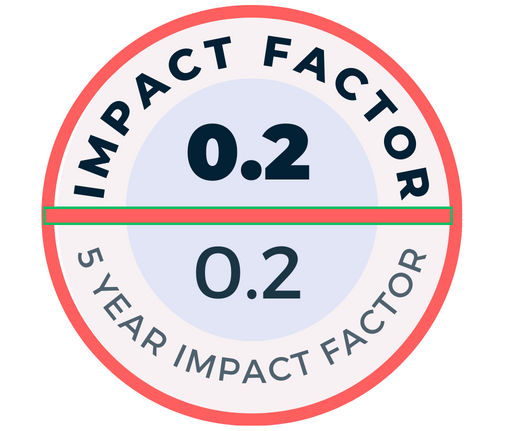Objectives: Geriatric syndromes are common in elderly subjects with chronic kidney disease. An age-adapted definition of chronic kidney disease has recently been proposed. This study aimed to investigate the effects of this change in the definition of chronic kidney disease (from an estimated glomerular filtration rate of <60 to <45 mL/min/1.73 m2) on geriatric assessments.
Methods: Records of an elderly outpatient population were retrospectively reviewed. Subjects underwent comprehensive geriatric assessment including the Basic and Instrumental Activities of Daily Living, Mini-Mental State Examination, Geriatric Depression Score, Tinetti Mobility test, the Timed Up and Go test, the Mini Nutritional Assessment, the handgrip test, and the Insomnia Severity Index. Logistic regression analysis was performed in order to determine the odds ratio of each chronic kidney disease definition on geriatric syndromes.
Results: Of the 1222 patients, 832 (68.1%) were women and the median age was 73 (interquartile range, 67-80) years. Patients with an estimated glomerular filtration rate of <45 and <60 mL/min/1.73 m2 comprised 8.3% (n = 101) and 21.6% (n = 264) of the cohort, respectively. Both estimated glomerular filtration rates of <45 and <60 mL/min/1.73 m2 were significantly associated with more unfavorable geriatric assessment scores in univariate analysis. After adjustments, associations of an estimated glomerular filtration rate <60 mL/min/1.73 m2 with the Timed Up and Go test and polypharmacy remained significant; however, none of the geriatric assessment measures remained significantly associated with an estimated glomerular filtration rate of <45 mL/min/1.73 m2.
Conclusion: Chronic kidney disease was more significantly associated with impairments in geriatric assessment parameters when the cut-off of estimated glomerular filtration rate for the definition of chronic kidney disease was kept as <60 mL/min/1.73 m2 in comparison to modification of <45 mL/min/1.73 m2.
Cite this article as: Heybeli C, S oysal P, Smith L , Biberci Keskin E, Kazancıoğlu R. Effects of a change in the definition of chronic kidney disease on geriatric assessment parameters. Turk J Nephrol. 2022;31(3):209-217.

.png)



.png)
